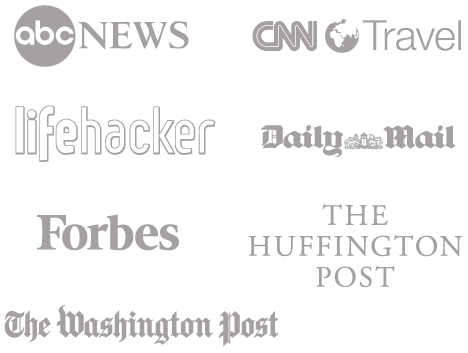Education is one of the many sectors that is rapidly adopting data science. In fact, the use of data science is expected to grow by 47.77% in the US education sector from 2018 to 2022.
In Google’s Cloud Next ’18, Lige Hensley, the CTO at Ivy Tech Community College presented a talk explaining how the college is applying Data Science to reduce their students’ failure rate.
The problem
Ivy Tech is a community college that has its campuses all across Indiana with over 50,000 students. A major problem for the large educational institution was to keep track of the performance of each individual student using conventional management methods. As a result, student failure rates were a major issue in the college and they were failing to identify the factors influencing it.

Thankfully, they had an enormous amount of data to find a solution with data science. In fact, they were generating over 100,000,000 data points every single day and the quality of the data was rich enough to predict how well a student would do in a semester and to identify which students were at risk of failing.
Understanding student’s behavior
The team at Ivy Tech wanted to learn each students’ behavioral patterns. So, instead of using traditional features such as course grades, attendance, or demographics, they analyzed the students’ online behavior from their learning management system. At first, they tried building algorithms from hand but as the size of data was enormously large, they opted for machine learning.

The machine learning model that they built could predict whether a student will be successful in their course as early as 11 days into the semester with 83% accuracy. This gave them a major advantage to identify at-risk students very early into the semester and provide them with the needed help. They also reanalyzed and made predictions every single day with the data collected from the last 24 hours to monitor the students’ progress.
Results
The first year that they implemented this approach, they identified an astounding number of 16,000 students at risk for failing the course within 11 days into the semester. More importantly, they also knew the behavioral patterns that the students were exhibiting as the cause of the failure. So, the school deployed a total of 800 faculty and staff members to call the at-risk students and offer them help.
For example, the students that were having difficulties with mathematics were given information about the time and location of math tutoring sessions. Likewise, some students who had lost their electricity were offered Ivy Tech‘s emergency resources.

By the end of that semester, 3,000 of the students they contacted got a grade of C or better—and 98% of them were either neutral or happy about being contacted. In the words of Hensley, “We had the largest percentage drop in bad grades (Ds and Fs) that the college had recorded in fifty years”.
Conclusion
From building artificially intelligent models to predicting a students’ performance through in-depth behavioral analysis, data science has a huge potential in the education sector.
The ability of data science to extract the right insights from massive collections of information makes it a very powerful tool to help businesses make decisions, optimize business processes, and also to predict risks. We also recommend you to go through our other article on ‘How can businesses use data science‘.
Do you want to learn Python, Data Science, and Machine Learning while getting certified? Here are some best selling Datacamp courses that we recommend you enroll in:
- Introduction to Python (Free Course) - 1,000,000+ students already enrolled!
- Introduction to Data Science in Python- 400,000+ students already enrolled!
- Introduction to TensorFlow for Deep Learning with Python - 90,000+ students already enrolled!
- Data Science and Machine Learning Bootcamp with R - 70,000+ students already enrolled!
